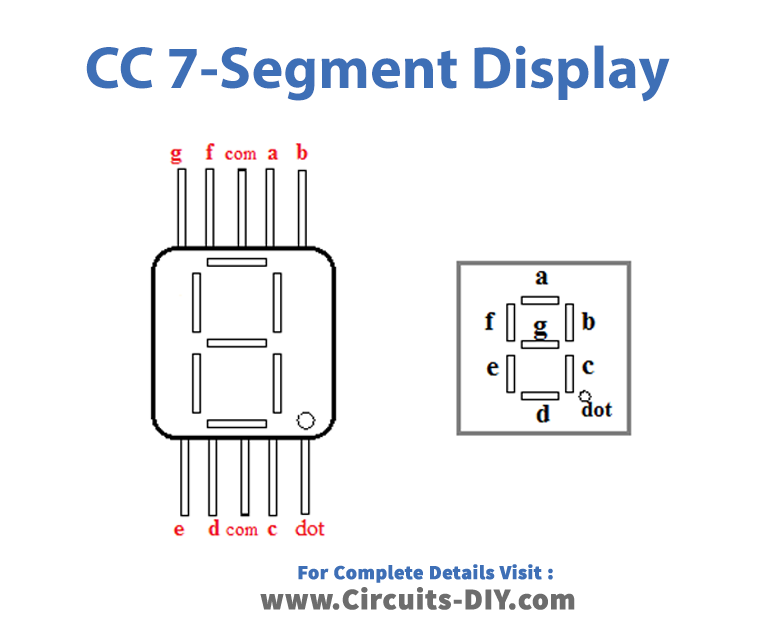Introduction
You may not have seen digital clocks or watches a lot but you must have used digital calculators in your life. And what about digital electronic meters? But have you ever thought that what’s the inspiration behind their displays? Or what display do they use? From this question, we are going to start this article because in this article we will talk about the seven-segment display. The seven-segment is the most frequently used device or electronic component that is generally used to display alphabets and digits and thus has a vast range of applications. So, here in this tutorial, we are going to make and discuss the” CD4511 7-Segment Decoder Circuit “. But before making the circuit, let’s take a look at the decoder circuit.
What is Decoder Circuit
A decoder is a circuit that transforms the signal of one form into another. In other words, you can say, it modifies a code into a set of signals, and therefore it is considered the reverse process of encoding.
Hardware Required
| S.no | Component | Value | Qty |
|---|---|---|---|
| 1. | 7-Segment display LTS | 6980HR | 1 |
| 2. | IC | CD4511 | 1 |
| 3. | Push-button Switch | – | 4 |
| 4. | Resistor | 220Ω, 1KΩ | 7, 4 |
| 5. | 2-Pin Connector | – | 2 |
Circuit Diagram

Working Explanation
This CD4511 7-Segment Decoder Circuit uses the Cd5511b IC, which is generally employed as the driver circuit of 7 segments. There are four switches and the circuit works according to the truth table.

So, when all the switches are off only LED g remains Off. So, what does it mean? What number would display at this time? Understand this by the below-given image. If you look at the image, you can see that if g remains off and all other LEDs remain On, it will make a number 0. In the same way, if you press the Sw4, that is switch D, the LEDs b and c turns on ( see the above truth table) and thus it makes the number 1. Hence all the digits appear accordingly, depending on the turning ON/OFF position of the switches connected

Application and Uses
- Digital displays.
- Digital clocks.
- Electronic meters.
- Digital calculators
- In different microcontroller projects.







